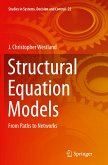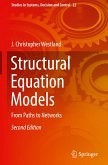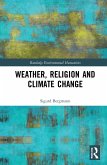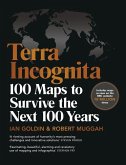This book is an introduction to the concepts behind the popular understanding of climate and global warming. The author provides readers with a survey and reference to the subject to be used before, during and after they delve into the details of statistics, dynamics and thermodynamics. Dynamic Climatology reviews the basic concepts in the study of dynamic climatology, their expression in the form of equations and the physics of models used to reproduce the weather phenomena of a specific location. It takes a historical approach concentrating on the development of ideas during the last four hundred years. Unlike most books in this field, which are devoted to a single aspect of dynamic climatology, the intent of this volume is to present a coherent narrative of the different components of climate thus providing a solid basis of understanding.
"One of the best textbooks I have read... In not trying to do toomuch it achieves everything." Times Higher EducationSupplement
"Graduate students and advanced undergraduates will find thisbook very useful for both refreshing forgotten material andlearning the essentials of atmosphere science for the first time.Carefully and clearly written, interesting historical accountsenliven most topics, making for a work that is simultaneouslyrigorous, concise, and interesting." - Professor JamesBurt, University of Wisconsin, Madison
"Graduate students and advanced undergraduates will find thisbook very useful for both refreshing forgotten material andlearning the essentials of atmosphere science for the first time.Carefully and clearly written, interesting historical accountsenliven most topics, making for a work that is simultaneouslyrigorous, concise, and interesting." - Professor JamesBurt, University of Wisconsin, Madison








